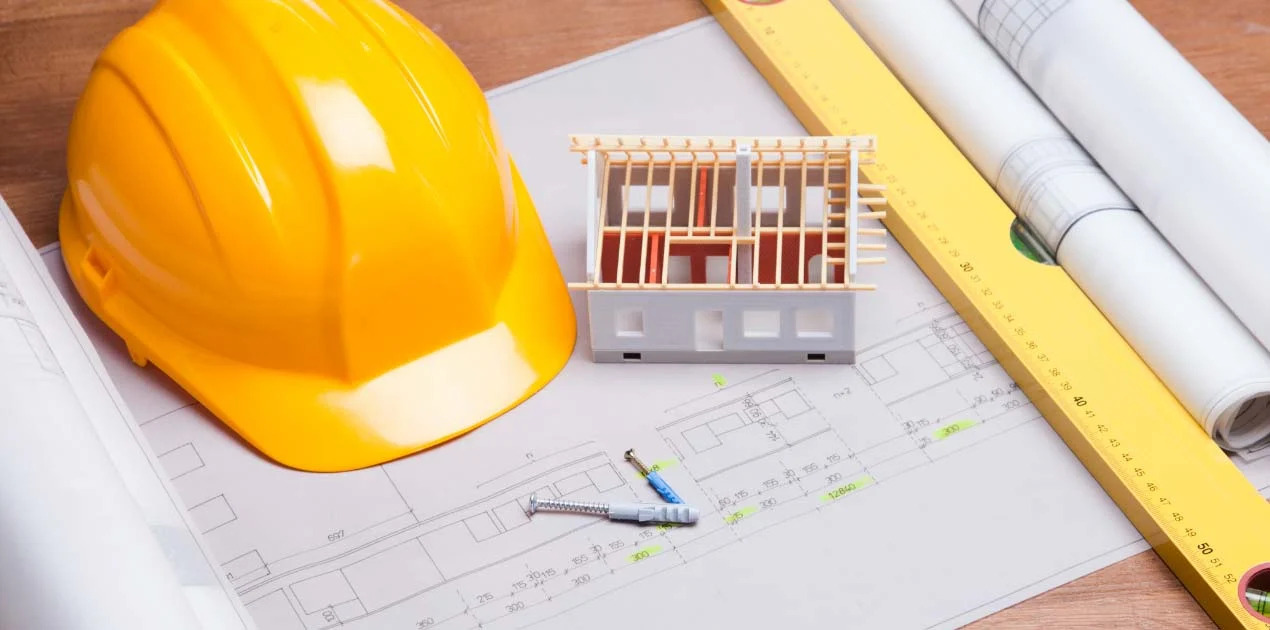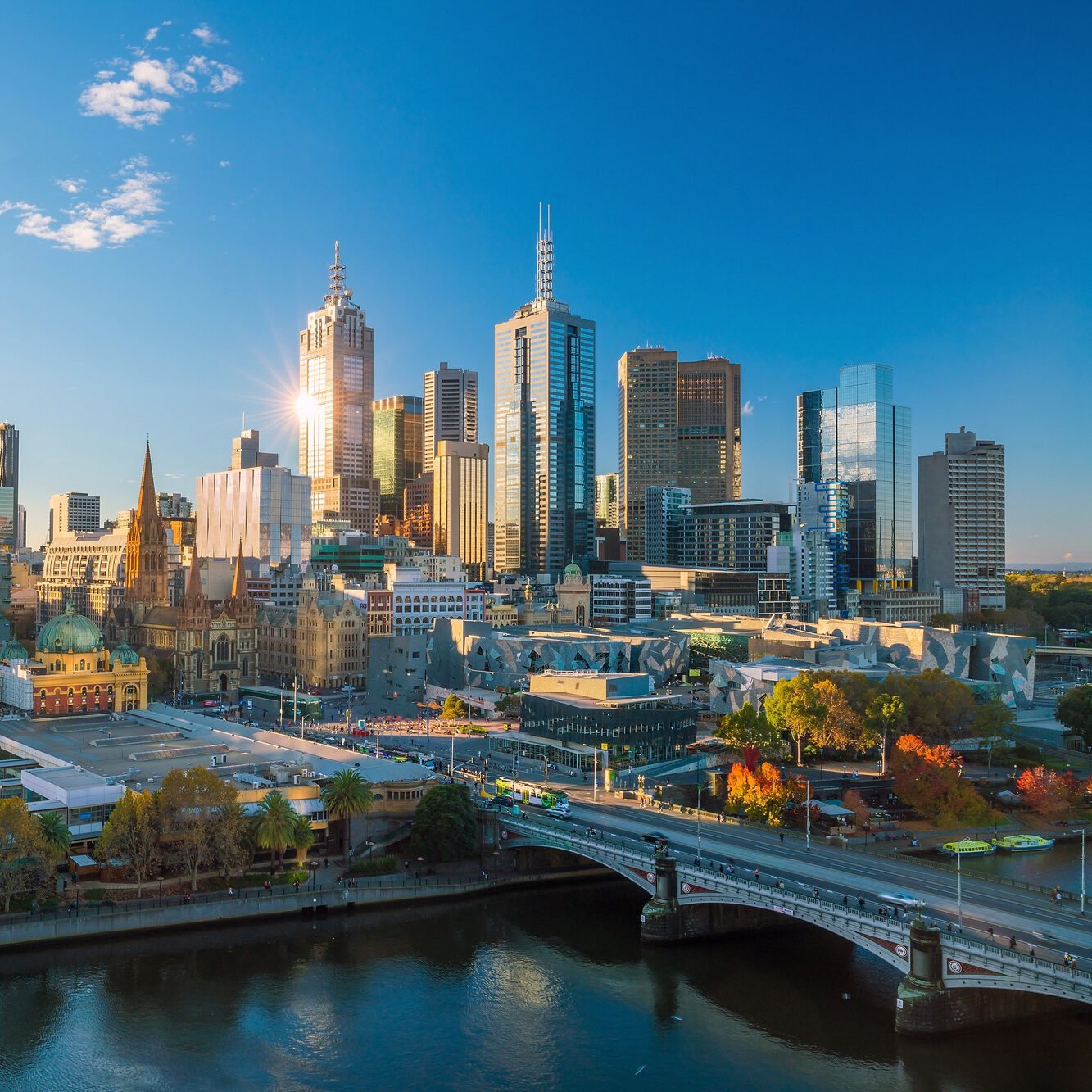The 0.9% rise in Melbourne home values recorded in October was the largest month-on-month gain since May 2023, pushing the annual growth rate to 3.3%. This acceleration aligns with the national trend of increasing momentum in housing values.
Stronger conditions are most evident across the broad middle and lower segments of the market, a trend reflecting the resilience of demand despite ongoing affordability challenges.
Growth Trends Across Price Points
In October, growth was concentrated in the middle of the pricing spectrum, closely followed by the lower quartile. This indicates that buyers are actively seeking value and utilizing schemes (like the expanded 5% deposit guarantee) to enter the market at more accessible price points.
The premium end of the market, by comparison, recorded a lower but still positive rate of growth.
| Market Segment (by Value) | Monthly Value Growth (October) |
|---|---|
| Middle of the Market | 1.1% |
| Lower Quartile | 1.0% |
| Upper Quartile (Most Expensive Homes) | 0.6% |
Source: Cotality, November 2025
The Role of Supply Scarcity
A scarcity of listings continues to be the key driver of this growth momentum.
Despite Melbourne typically seeing higher levels of housing stock compared to other capitals, supply remains tight when measured against historic averages:
- Advertised stock levels are tracking almost 15% lower than they were a year ago.
- Stock levels are 4.1% below the five-year average for this time of the year.
The number of home sales remains resilient, a proxy for strong housing demand that continues to absorb available supply.
Outlook and Economic Factors
The market is characterized by a balancing act between low advertised supply/resilient demand and significant economic headwinds:
- Interest Rates: The Q3 inflation shock means banking economists are no longer forecasting further rate cuts in 2025. With the cutting cycle potentially concluding, a material boost to borrowing capacity is highly unlikely.
- Affordability: Severe affordability challenges, coupled with low consumer sentiment and cost-of-living pressures, remain downside risks.
- Investor Credit: The rapid rise in housing credit for investors (fastest pace since June 2015) poses a risk, as a further acceleration could trigger tighter lending policies and curb demand in this segment.
As long as the tight imbalance between demand and supply persists, Melbourne’s value growth is likely to continue, albeit with moderation possible due to economic constraints.














